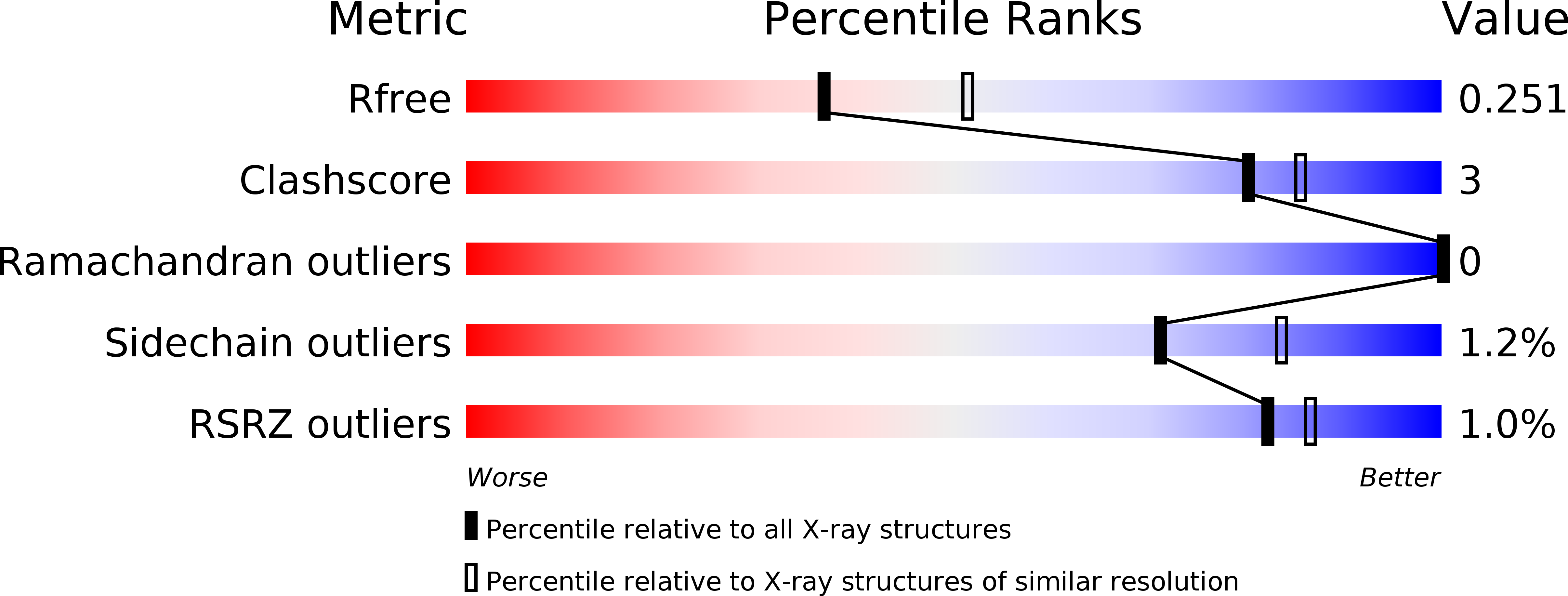
Deposition Date
2013-02-26
Release Date
2013-08-28
Last Version Date
2024-02-28
Entry Detail
PDB ID:
4JE4
Keywords:
Title:
Crystal Structure of Monobody NSa1/SHP2 N-SH2 Domain Complex
Biological Source:
Source Organism:
Homo sapiens (Taxon ID: 9606)
Host Organism:
Method Details:
Experimental Method:
Resolution:
2.31 Å
R-Value Free:
0.25
R-Value Work:
0.20
R-Value Observed:
0.20
Space Group:
P 21 21 21


